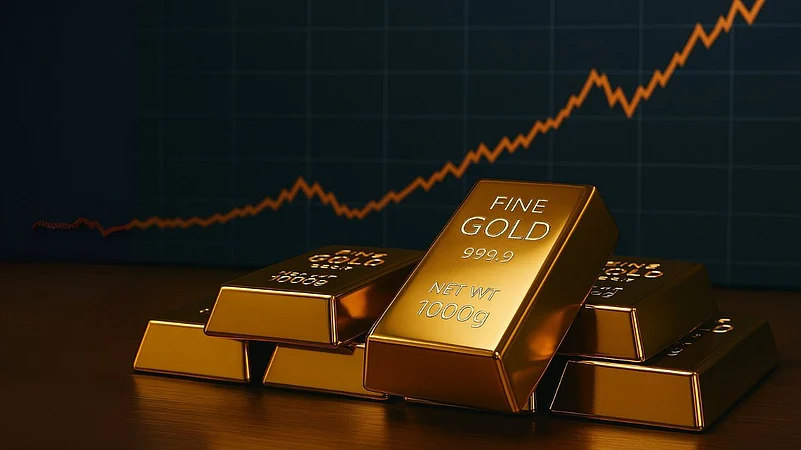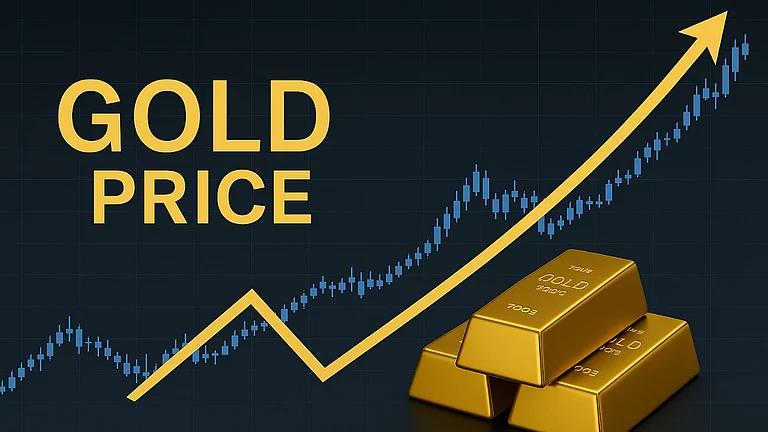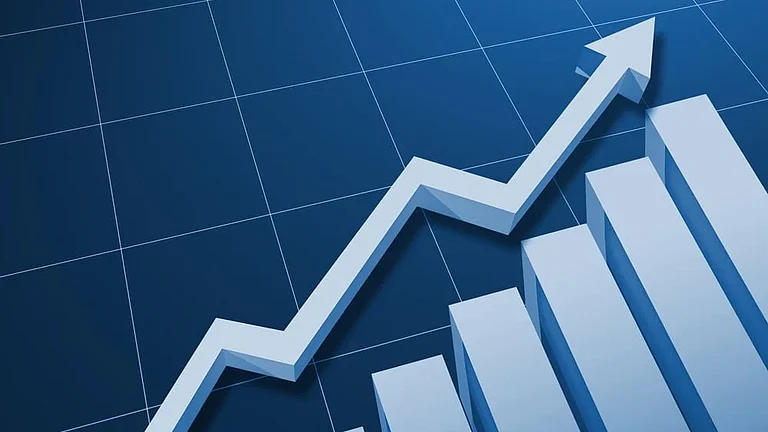Gold Price: Gold has been shining brighter than ever, not just in jewellery stores, but on investment charts as well. Over the past few months, gold has remained a hot topic in conversations among investors. So far this year, gold has delivered more than 25 per cent return to its investors, and at a time when stock markets across the world have been rattled by global uncertainties and geopolitical tensions. Looking at it from a longer perspective, gold shines even brighter. In over an year, gold has yielded over 43 per cent returns. Over the past three years, it delivered over 80 per cent return, and in the last 10 years it has nearly tripled in value.
Domestically, August gold futures on the Multi Commodity Exchange (MCX) hit a record Rs 1,01,078 per 10 grams on June 16. Globally too, the momentum has been strong. In the US, COMEX Gold August futures surged to an all-time high of $3,500 an ounce on April 22, while the UK’s LBMA Gold touched a lifetime high of $3,454.70 an ounce on the same day.
Meanwhile, equity benchmark indices Sensex and Nifty 50 have rallied only between 5 to 6 per cent. So, what is leading to this gold rush? Let us take a look at the factors that influence the price of gold.
What Factors Determine The Price Of Gold
Gold has traditionally been considered a safe-haven because of its ability to preserve value. It doesn’t corrode, doesn’t depreciate and doesn’t lose its value due to bad management. It is universally accepted and is limited in supply. These factors make gold a go-to safe haven asset.
Prices of gold are influenced by a complex mix of macroeconomic trends, geopolitical risks, fluctuations in currency and policy changes. Here’s a look at these factors in depth.
Geopolitical Risks
The yellow metal has historically proven its mettle in times of war or geopolitical instability. When investors feel that their money or investment in other assets such as equities are at risk of losing value to wars such as the ongoing Iran-Israel conflict, they rush to buy gold to safegurad their hard-earned money. This drives demand for gold and subsequently lifts its prices.
Interest Rates and Inflation
Lower interest rates often lead to higher prices of gold. When economic growth slows, central banks like the Reserve Bank of India (RBI) typically cut rates to revive demand. The RBI, for instance, has cut repo rates thrice this calendar year, bringing it down to 5.5 per cent currently. Cheaper borrowing costs encourage consumers to spend more, which in turn increases consumption and drives inflation higher. When inflation rises, investors often turn towards gold to keep their money from losing value.
Central Banks Buying Gold
Central banks have continued to buy gold extensively during the January-March quarter, stocking over 244 tonnes, up 25 per cent above the five-year quarterly average, according to World Gold Council. The National Bank of Poland was the biggest gold buyers during the said period, buying 49 tonnes of gold. Central banks buy gold to diversify their reserves. The quantity these institutions buy is usually very high, which drives the prices of gold further.
Rupee-Dollar Equation
India imports nearly all of its gold, so when rupee becomes weaker against dollar, gold gets costlier for domestic buyers, even if prices gloablly do not change. Over the past few months, rupee has weakend against dollar, supporting gold prices.
Import Duties
Government policies, especially import duties, play a big role in shaping gold prices in India. Since India imports most of its gold, any hike in import duty makes gold costlier for buyers at home. On the other hand, when duties are reduced, it brings down the overall cost, making gold more affordable for consumers and investors alike.
















